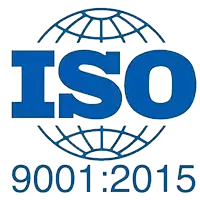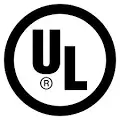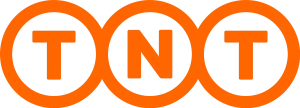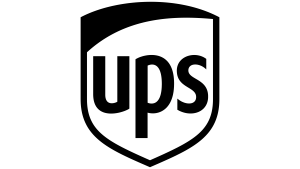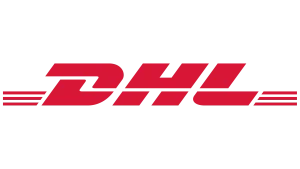PCB board material mainly refers to the substrate material of the PCB, which determines the performance, stability and cost of the PCB.
1.FR-4 material
FR-4 material is one of the most common PCB substrates, which consists of epoxy resin and glass fiber cloth. It has excellent flame retardant properties, good electrical and mechanical properties, and relatively low cost, so it is widely used in various electronic products.

2.CEM-1 material
CEM-1 is another common PCB substrate material that uses a single fiberglass cloth and epoxy resin composition. Compared to FR-4, CEM-1 is less costly, but also has slightly less electrical and mechanical properties. It is typically used in products that require less performance.

3.Aluminum Psubstrate material
Aluminum substrate is a metal-based PCB material that uses aluminum as a substrate and then covers the aluminum plate with a layer of insulating material and conductive layer. Aluminum substrates have good thermal performance and mechanical strength, and are very suitable for use in high power density electronic products, such as LED lighting and power supply modules.

4.High-frequency Board material
High-frequency boards are PCBs designed for high-frequency circuits, such as microwave communications, satellite communications, etc. High-frequency board materials have a low dielectric constant and low dielectric loss, which can reduce attenuation and distortion during signal transmission.

6.Flexible PCB material
Flexible PCB materials usually use films such as polyimide (PI) and polyester (PET) as the substrate, which are thin, light, bendable and foldable. It is suitable for electronic devices that require space-saving, flexible wiring or dynamic bending, such as wearable devices, cell phones, tablet PCs, and so on.



